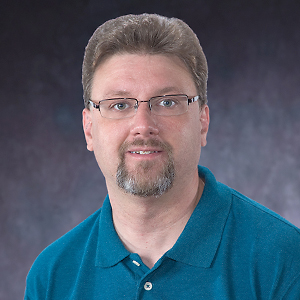Dr. Gregory Harry
Physics & LIGO
Bio
Gregg Harry works to detect gravitational waves from supernovas, neutron stars, pulsars, and possibly the Big Bang. In this way, he is testing Einstein’s theory of gravity against Newton’s. An astrophysicist by trade, Harry works on the National Science Foundation–funded Advanced Laser Interferometer Gravitational-Wave Observatory (LIGO). As part of the international collaboration, Harry’s central research has been to reduce thermal noise disruptions in the optics of the three, 4 km long interferometers that measure oscillations — warped space caused by gravitational waves — between mirrors at either end. At AU, Harry runs experimental labs for advanced physics students.
Degrees
PhD, physics, University of Maryland
MS, physics, University of Maryland
BS, physics, California Institute of Technology
Additional Information
Harry is a member of the LIGO Collaboration, a group of scientists working to detect gravitational waves. Gravitational waves come out of Einstein's theory of gravity, which predicts that certain astronomical events like supernova, colliding black holes and neutron stars, and the Big Bang should create waves in space. LIGO operates three detectors in the U.S. designed to detect these waves. They work using laser to detect the position of mirrors separated from each other by 4 kilometers (about 2.5 miles). Very high-quality optics are necessary for such a precision measurement. Harry's area of specialization within this field is in producing very high-quality optical coatings, specifically, coatings that minimize thermal vibrations, a source of noise in the detector.
